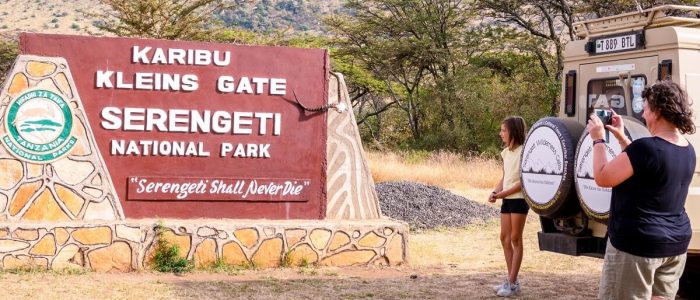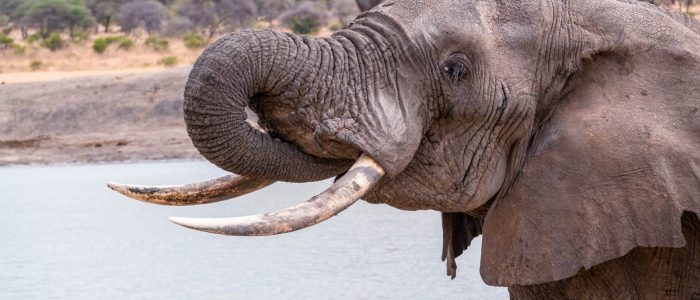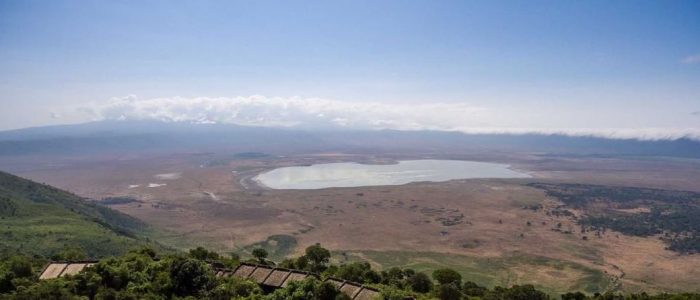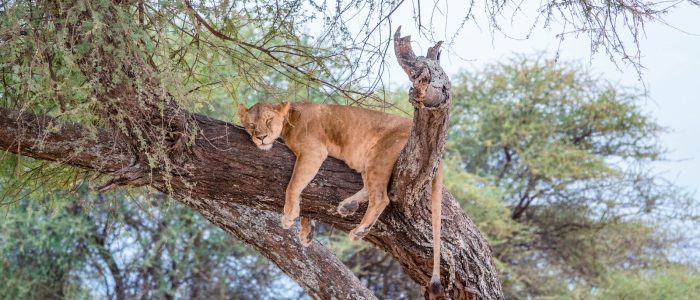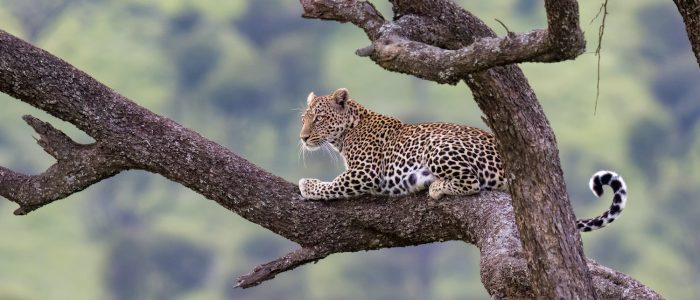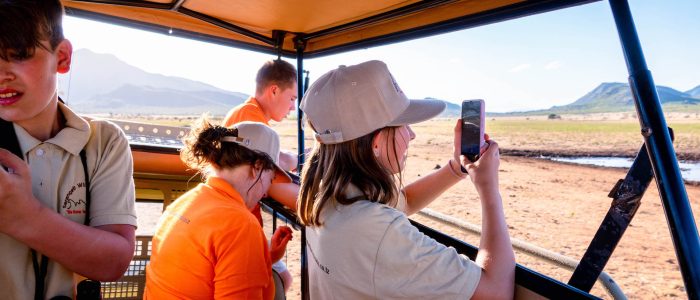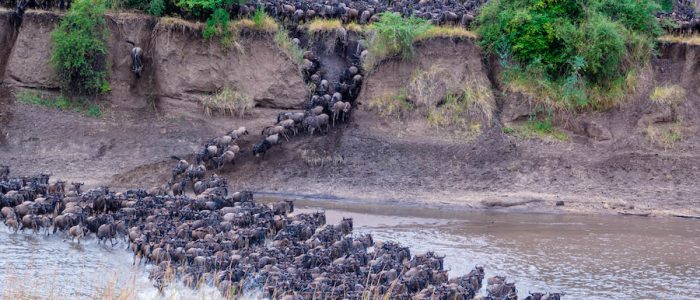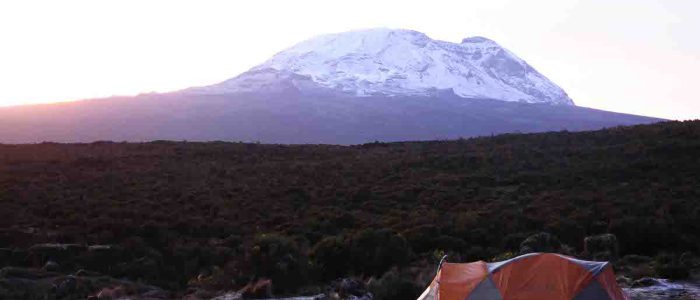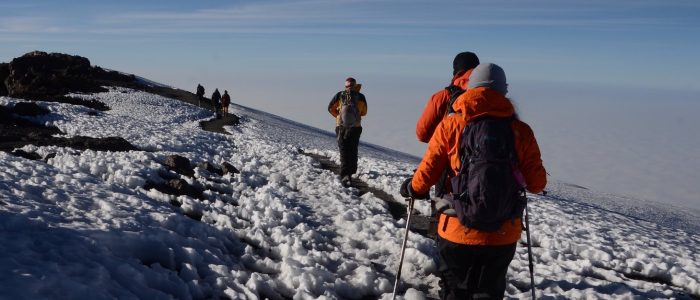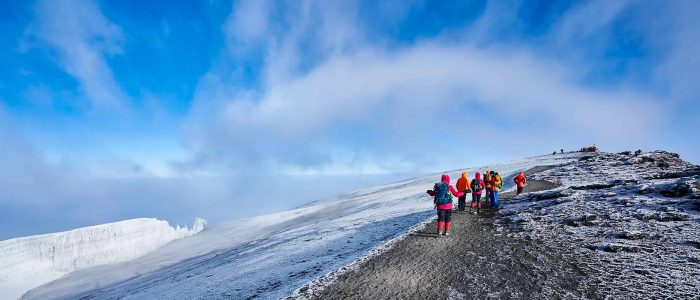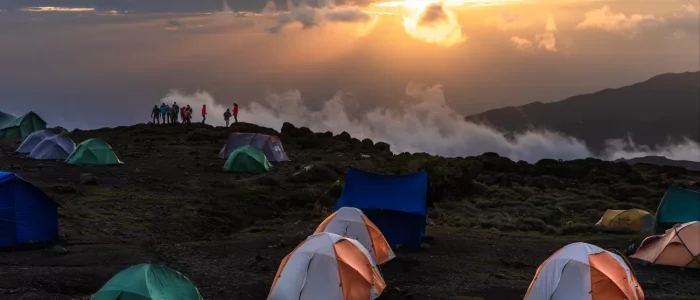Tips for Climb Mount Kilimanjaro
When is the best time to climb?
Mt. Kilimanjaro can be climbed all year around, with each month providing different spectacular views of the surrounding region. Generally, the low season tends to be from March to June due to poor weather conditions, with things picking up again from July to September for the peak season.
Below is an overview of what to expect throughout the year.
- Regarded by some as the best time to climb
- Favorable weather conditions
- Good visibility from the summit
- Weather can be rainy
- Despite being wetter, it is not cooler
- Visibility is good
- These months see a drop in temperature
- Usually no rain
- Busier season, seeing more groups on the mountain
- Weather is fair
- Generally little rain
- Fewer groups on the mountain
We usually recommend both the 7 Days Machame and 8 Days Lemosho routes as good options for climbers of all abilities. Not only are these routes known for being incredibly scenic, they also both have very high success rates as they allow your body to adjust to the altitude over several days.
How fit do I need to be?
People of all fitness abilities can climb Mount Kilimanjaro. However, we would always suggest that the more you train and exercise before the climb, the more you are likely to enjoy it. A good level of fitness is definitely recommended due to the high altitude, basic facilities, and rough terrain.Don’t forget that you will be trekking for a number of days in succession and will experience various climate zones along the way that will greatly impact the body. The healthier and physically fit you are, the easier it will be to deal with these extremes.
The best training you can do for a Mount Kilimanjaro climb is walking as often as you can and as much as you can. This is also a good opportunity to wear in the boots you plan to use for the climb and to also practice walking with a day-pack weighing approximately 5 to 8 kilos. If you have not done much hiking, start a few months before your climb and build up the kilometres slowly.
Is it possible to prevent altitude sickness?
If you are thinking about climbing Kilimanjaro you would have probably already heard of the term altitude sickness, which is caused by the body not adapting fast enough to the reduced level of oxygen in the air, at an increased height.
There is no guessing whether or not you will suffer from altitude sickness. Even the fittest and healthiest of trekkers can still experience it. However, there are some things you can do which may reduce your chances of getting it:
- Walk “pole, pole” (slowly, slowly) as this allows your body more time to acclimatize
- Drink 3 to 4 litres of water per day
- Choose a longer route. We usually advise at least 6 days; however, 7 or 8 days is even better for acclimatization
Taking Diamox can also assist in altitude acclimatisation. This drug will vastly decrease your problems with the altitude by speeding up the acclimatisation process. We recommend taking a dose of 125 mg twice a day, however, please check this with your doctor before leaving home. You should start two days before your climb to see if you have any adverse effects to the drug. Alternatively, you can try taking some before you leave home to test them out. If you have any adverse effects (diarrhea is one of them), you should discontinue using it.
We have seen a significant decrease in altitude problems and a greater summit success rate amongst those taking Diamox. This is a prescription drug in USA, Canada, Europe, and most western countries. We do not carry this in our medical kits, therefore, you need to bring your own.
What happens if I get altitude sickness?
During your Kilimanjaro climb, safety is our number one priority. Our guides are fantastic at watching your symptoms and can help you assess whether it is altitude sickness, or just tiredness or a headache that you are suffering from. They have Wilderness First Responders Medical Training, which is the highest available training, specializing in emergency situations within remote settings.
Should you have any pre-existing medical conditions it is extremely important that you discuss this with us at time of booking and again with your head guide upon arrival. When on the mountain your head guide will keep track of all medication you are taking and how you are feeling hour by hour.
Should your guide decide that it is necessary for you to descend due to altitude related illness, it is essential that you listen to and follow their advice, as it will only ever be in the interests of your health and safety.
Foreign nationals require a tourist visa to enter Tanzania. For this you must have at least six months validity remaining on your passport. This can be purchased easily at the airport on entry at a cost of $100 USD cash for American citizens and $50 USD for all others. You can apply for this in your home country; however, this is sometimes more expensive.
Please seek advice from your medical center or doctor’s surgery regarding vaccinations and malaria prophylaxis. You may be required to show a Yellow Fever Certificate at the airport when entering Tanzania. Please ensure that you have had this vaccination and remember to bring the certificate with you.
As with any overseas travel, it is recommended that you take out travel insurance. Please check the fine print of your policy to make sure it covers your Kilimanjaro climb. Your climb price includes an evacuation service via stretcher and vehicle from the mountain. If you wish for helicopter rescue cover, we can organize that on your behalf and the cost is only USD $10 per person.

